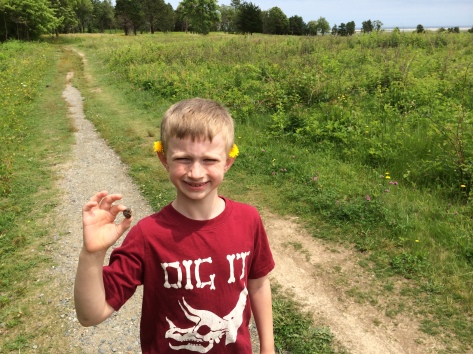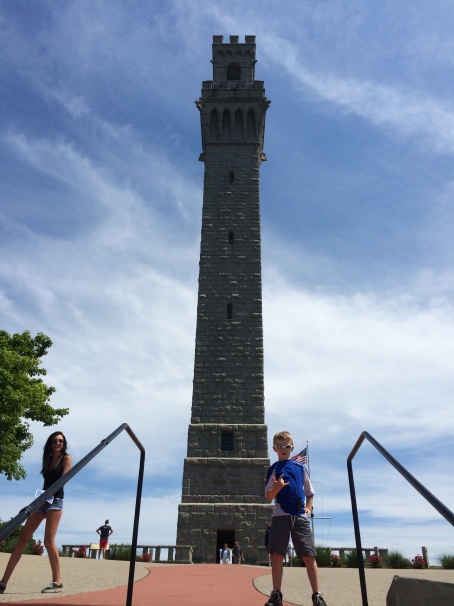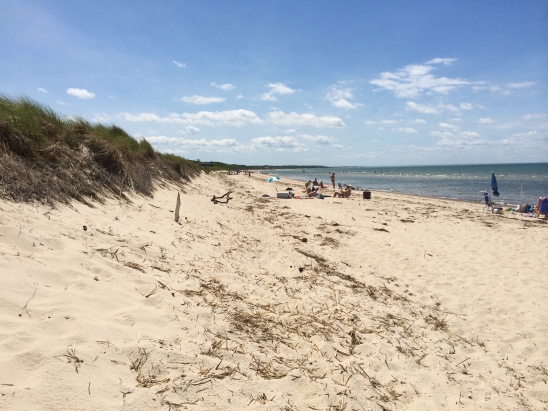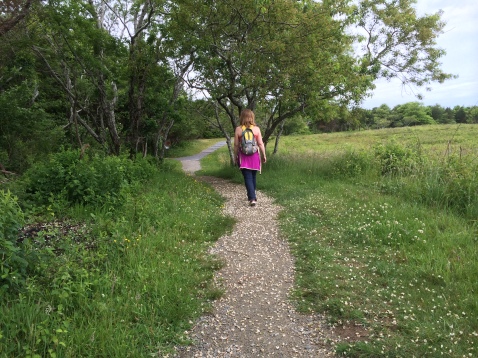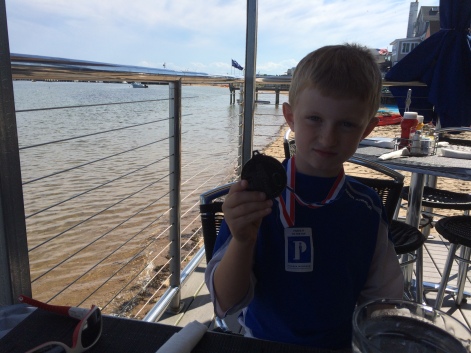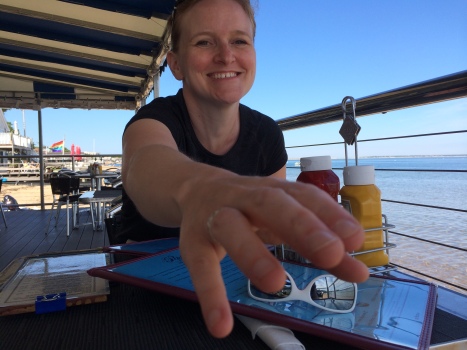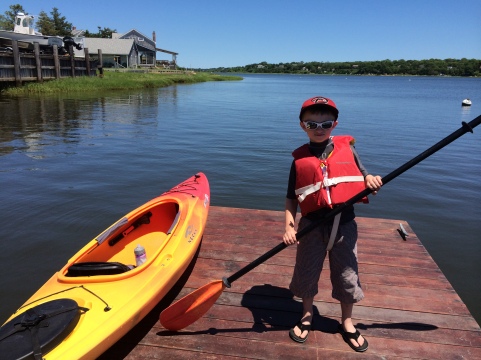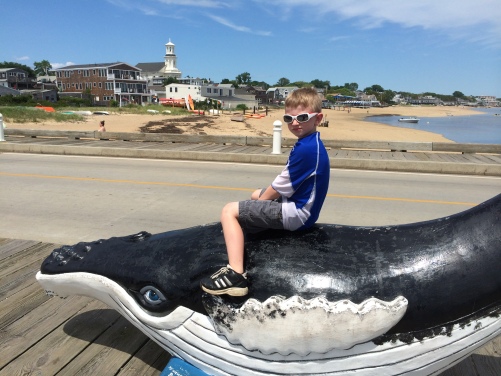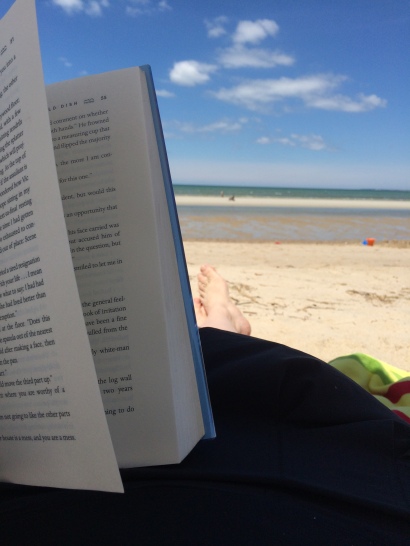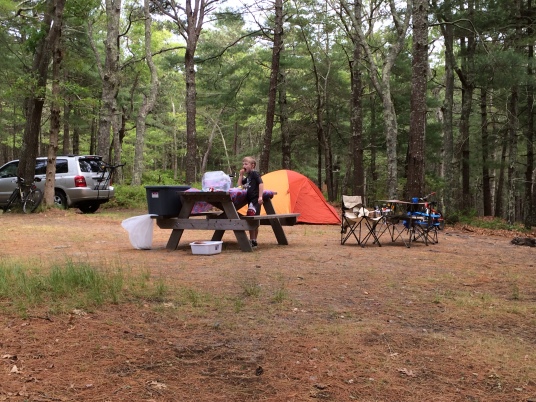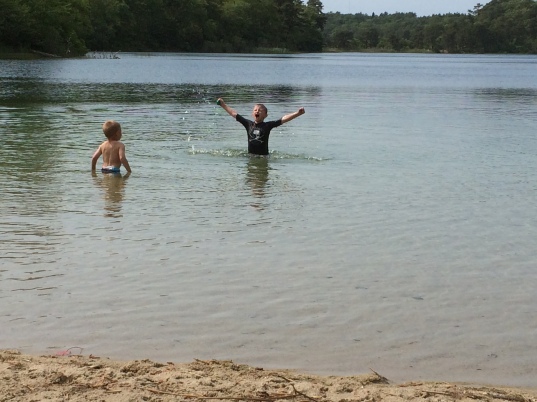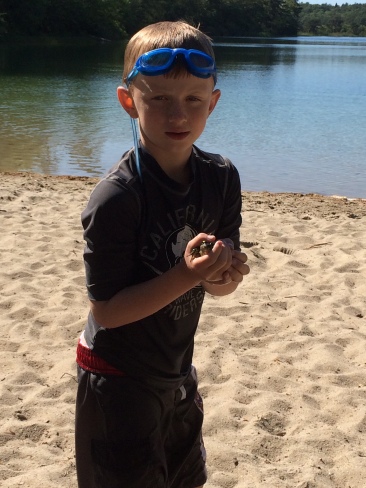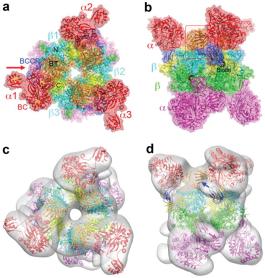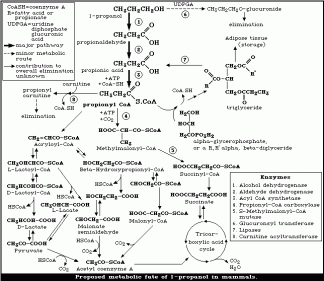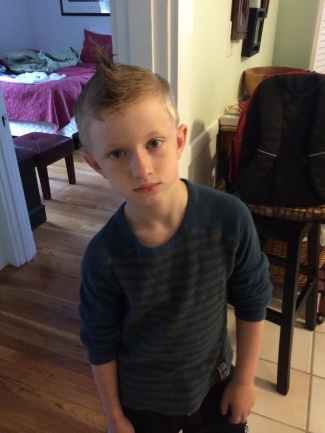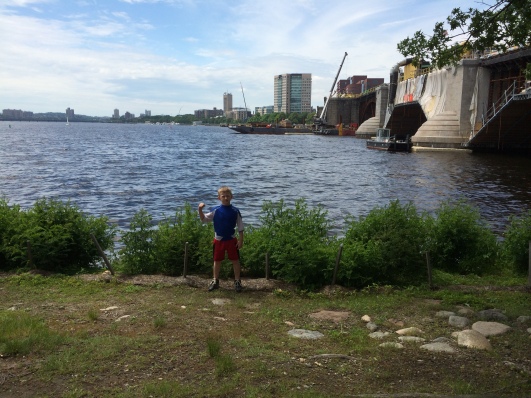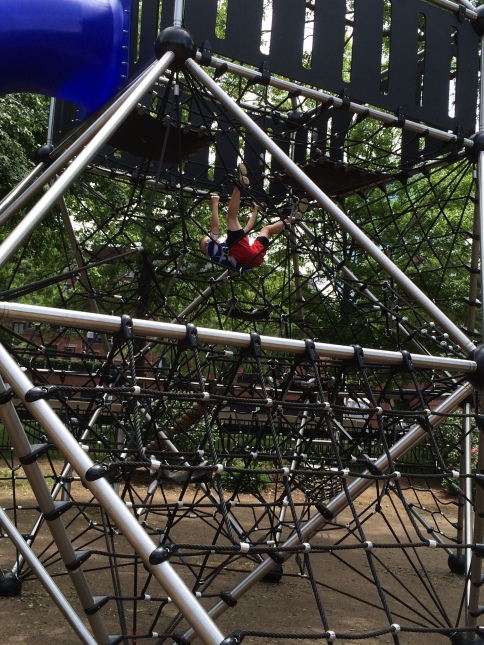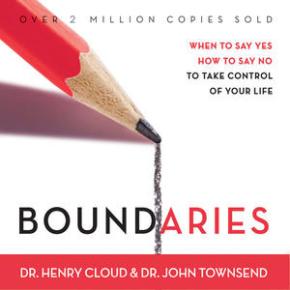
I read this book as I’ve heard it mentioned here and there. While saying “no” is certainly a requirement in life and in a Christ-honoring life and about 5-10 pages of this book was helpful, most of this book was awful.
Saying “no” and defining limits is something that I have recently come to grips with. I have made a document by thinking through how to handle difficult people in difficult situations. Obviously, there are people that try to use you and not carry their own burdens as they are irresponsible or have expectations that you can’t meet (perhaps only Jesus can meet some of their needs). Sometimes I agree to help people, but have to put specific limits on how I will help, or else I, in one example, would not have a car (seriously). Kind of reminds me of the Steve Martin skit of begging people for lint. We need to help and train people to be responsible and mature- not just give what they think would be best.
The 5-10 helpful pages:
Some of the good sections in this book covers the issue of enabling irresponsibility. This is certainly a real issue and where biblical wisdom comes in. While it may be “nice” to keep funding your post-college child, it’s not necessarily loving and in their best interest for them to develop into an adult. Continuing the flow of money delays maturation- including spiritual maturation. Cutting the financial umbilical cord early helps them realize that as an adult, you have a limited “fun money”- limited money for entertainment, going out to eat, clothing, gadgets in order to pay for the necessities- that’s adulthood. Often when I see parents helping adult kids, the adult child has every latest gadget and endless entertainment budget while claiming to “not have enough money”. Training the adult child to budget and track spending would be helpful– or adding another job. Biblical love is in the best interest of others – not creating their best comfort.
Another helpful section is boundaries at work. While I try to be servant-leader in my secular job, I can sometimes spend so much time doing other people’s jobs that I don’t get my job done. Obviously, there are times where I am needed, but I am learning (with the help of my boss) to not do other people’s projects for them. I have to intentionally delineate with my boss what is my job and what is not- and ultimately, sometimes letting people fail. Also helpful is the issue of chronic overtime. Though it may be needed for a season, it’s not a good long term pattern.
Saying “no” is biblical. Yes, Jesus did not heal everyone, did not feed everyone, and He did retreat to pray. That’s where the biblical fidelity ends.
The 310 unhelpful pages:
There are two main problems with this book: 1.) secular psychology and 2.) verses completely misinterpreted. This could be a good resource for a class on discernment. I would love to unpack each passage they pick out of context. It was somewhat painful to just read through it without examining each instance. Christian psychology uses secular psychology + random verses picked out to support the secular psychology = false teaching. All false teaching has some truth in it, but it does not mean it’s not false teaching.
The entire middle section is lifted right out of child developmental psychology textbook. It is interesting from an academic theory standpoint, but not for application purposes for the Christian life. They use secular psychology and then give recommendations for how to train and raise your child resulting in advice that is in direct opposition to scripture. The common christian psychology theme of “every problem you have today is rooted in your childhood” is thrown in there- unbliblicial (I’m not discussing abuse issues per se here). Our problems are usually due to our sin that comes directly from our sinful hearts. No adult would ever be competent and joyful it all hinged on their childhood. The psychology categories and labeling of personalities – unbiblical. If I am having a problem with a relationship, I can assure you it’s because of my particular sin problems and their particular sin problems- not that we are in a different psychology personality category. Every scientist knows that psychology is not a hard science and changes with the wind with whatever fad their is. Again, interesting for academic purposes, but not what I base my life on. Rampant throughout is psychological labels instead of calling sin, sin. When you call sin what it is and use the means God give us for sanctification (His Word, His Spirit, prayer) then you have real repentance, victory over sin, and joy. Giving your sin a psychological label helps you harbor it and continue in misery.
The particular problematic result of this false teaching in this book is assuring people that they don’t need to serve in their church- working in your church to point of exhaustion is unwise and potentially harmful to yourself and your family. It warns against churches “guilting” you into serving. In reading this book, I have realized that some have quoted this book or sections to me as reasons why they don’t need to serve in the local church. False teaching matters because it leads you away from Christ- perhaps slowly, perhaps imperceptibly, but away.
One example that I have encountered of how this book has led people away from experiencing Christ. “So, whether you eat or drink, or whatever you do, do all to the glory of God.” I Corinthians 10:31. Many of us will have to earn our money outside of the church, but it doesn’t mean that if you “do it to God’s glory” that is a check in our “service box” and you are serving-exempt. An application of this false thought process- if your brother of sister is in need of physical help, but you work to the glory of God in your professional job you can ignore their request for help. Yes, there is a verse about working for the glory of God, but exempting yourself from loving your brother or sister is a twisted interpretation (it’s helpful to read all of I Corinthians to get the gist of this passage in context).
I love my church and I love my elders and their families. I am generally a loyal person, but don’t get me wrong- I don’t serve out of loyalty to the elders and their families. I don’t give up evenings and weekends out of loyalty to people- nope, I’m afraid I love myself and my time all too much. I serve because I love Jesus. My church is a vehicle for me to follow Christ and not just be a fan. It’s not some event on my over-booked calendar that I need “set boundaries on”. Though my church is particularly cool ( it’s multicultural, in an amazing old building, has expository preaching, has dozens of people unclear on the gospel rolling through the doors, matches all my personal preferences, contains some of my very best friends, and is a church plant) I’m ultimately not interested in my local church, but through my local church, I serve Christ out of gratitude for redeeming me. When it’s a beautiful weekend and I could have hours of amazing workouts, visit friends or family, get a pedicure, go rock climbing, but instead scrub the toilets at church or working on material to teach children’t church or counsel a sister- it’s because together we are proclaiming the gospel! Do I need to hold down a job- yes, do I need to be a good mother to my child- yes… but I can do all that AND serve. Do I run myself into the ground to the point of exhaustion- yes sometimes I do! And I recover.
If someone professes to love Jesus, yet always has a reason or excuse not to serve, there is no objective evidence that they do. My church isn’t a burden- it’s an opportunity. My church doesn’t guilt people into serving. Obviously, I cannot do everything and that is fine- we are a body functioning together; however, my church will express concern if you profess to love Jesus, but are “too busy” to serve while seeming to have plenty of time to devote to your job, school, child’s activities or entertainment. This is a sign, that you may not in fact, be converted. If you are converted you want to serve. Your priorities change. What you love changes. This is why it is concerning- serving- loving the brethren is a sign of salvation. Lack of serving in your church or feeling “guilted into serving” isn’t good boundaries- it’s a sign that you may not be converted.
How do I know much of this book is crap? Interestingly, my bible reading plan had me reading through Paul’s epistles while I was reading “Boundaries”. Did Paul run himself weary for the gospel… most certainly.
22 Are they Hebrews? So am I. Are they Israelites? So am I. Are they the seed of Abraham? So am I. 23 Are they ministers of Christ?—I speak as a fool—I am more: in labors more abundant, in stripes above measure, in prisons more frequently, in deaths often. 24 From the Jews five times I received forty stripes minus one. 25 Three times I was beaten with rods; once I was stoned; three times I was shipwrecked; a night and a day I have been in the deep; 26 in journeys often, in perils of waters, in perils of robbers, in perils of my own countrymen, in perils of the Gentiles, in perils in the city, in perils in the wilderness, in perils in the sea, in perils among false brethren; 27 in weariness and toil, in sleeplessness often, in hunger and thirst, in fastings often, in cold and nakedness— 28 besides the other things, what comes upon me daily: my deep concern for all the churches.29 Who is weak, and I am not weak? Who is made to stumble, and I do not burn with indignation?
30 If I must boast, I will boast in the things which concern my infirmity. 31 The God and Father of our Lord Jesus Christ, who is blessed forever, knows that I am not lying.
II Corinthians 11:22-31.
Did Paul have “boundaries” when it came to the gospel? No.
